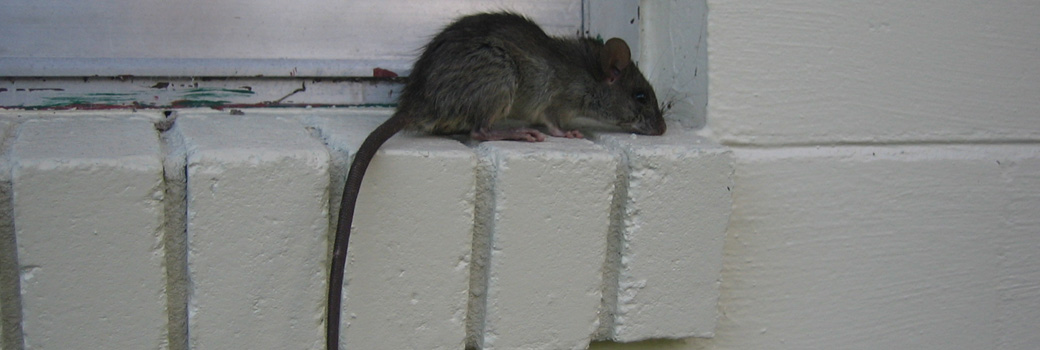Holes such as those used to run pipes for laundry washers and dryers outside faucets telephone and television cable.
Rats going into tile roof.
One effective material you can use because in trying to chew through it it cuts the rats mouths is diamond mesh used on stucco wall coverings.
The open ridge cap goes right into the attic of course.
When sealing gaps at valleys ensuring proper water drainage is an issue.
Roof rats most often inhabit rafters attics false ceilings and the spaces between floors.
Entry points into the house often occur along the roofline and through spaces where pipes or wiring enter the home.
This is a popular rat and mouse entry point.
On your roof seal off openings such as vent pipes.
Pest control for your roof.
Some homes have gaps around the chimney where rats can slip through.
Keep rats and mice from getting into your attic and off your roof.
If you have mice rats or squirrels getting into your attic through a tile roof the situation is much more difficult than in a regular flat shingled roof and at times the problem can be impossible to fully address without major roof work.
The gaps in the tile create spaces that rodents and other critters rats mice squirrels bats raccoons opossums and more can use to enter the house and get into the attic walls and ceiling.
The most common areas for rats to sneak into a roof are at the vent openings and through damaged eaves.
Roof edges and anywhere where roof meets roof is a rat entry hot spot.
In the lower left it s some wires going into a gable vent and only a flimsy screen blocks access.
Tile roofs barrel tile roofs in particular pose a special problem when it comes to wildlife.
In the upper right a very obvious chewed open ridge cap plug.
This video shows us revisiting a job we did for a customer in.

